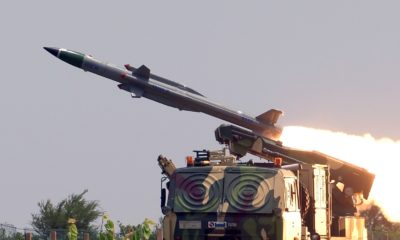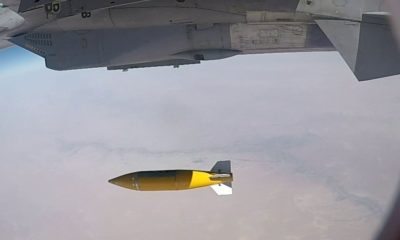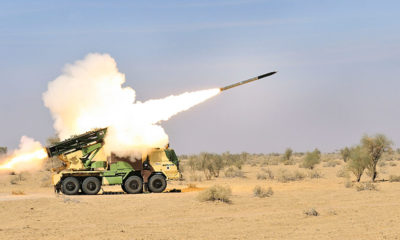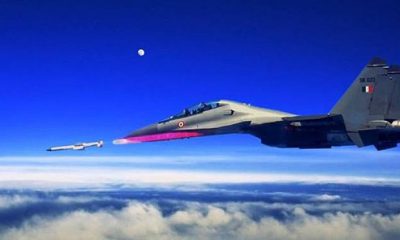National
India’s defence lab develops thermal imaging radar to look through walls

 New Delhi: In what can prove to be a great aid for the Indian forces in dealing with hostage situations, India’s premier government R&D body DRDO has developed a radar that can look through a wall.
New Delhi: In what can prove to be a great aid for the Indian forces in dealing with hostage situations, India’s premier government R&D body DRDO has developed a radar that can look through a wall.
The Through Barrier Imaging Radar, named ‘Divyachakshu’ (divine eye), has been developed by Defence Research and Development Organisation’s (DRDO) Electronics & Radar Development Establishment (ERDE) based in Bangalore and is going through development trials now.
It can look though walls of 20-30 cm thickness made of any material, by using thermal imaging.
“The radar can produce images from the other side of the barrier up to a distance of 20 metres. It catches the thermal signatures and movements in a room can be clearly seen,” a scientist working on the project told IANS on condition of anonymity.
The radar tracks heat on the other side of the wall and gives real time thermal image, which can disclose the movement, number of people and other important information about the situation on the other side of the barrier.
“In a hostage situation, the radar can help give an idea about the number of people inside the room and their movement,” the scientists said.
According to experts, the nature of movements can help in locating the terrorists and differentiating them from the hostage.
The development of the radar was triggered by the Mumbai terror attack of November 2008, where terrorists took hostages at several locations, including hotel Taj Mahal, Oberoi Trident and Nariman House.
The device will also prove useful in situations such as the recent attacks in Gurdaspur, Punjab, where terrorists entered the Dina Nagar police station, or the Pathankot airbase and two of the terrorists went on to hide in a building.
The project was started in 2010 and the development trials are expected to conclude by the year end.
“We are looking at the Army, the BSF and paramilitary forces as the buyers,” the scientist said.
The Indian Army at present does not have such an equipment.
Apart from the distinction of being indigenously developed, the equipment cost is low. The scientist said the device costs around Rs. 35 Lakh, while similar devices in the international market cost around Rs. 2 crore.
Efforts are also on to bring down the weight of the device from present 6-7 kg.
National
Cheers and Cheers: Barzilla’s Joyful Ode to Inclusivity and Celebration

The RG Marathon Championship Run 2023 in Goa was a testament to inclusivity. Initially resistant to including persons with disabilities, it eventually featured wheelchair and standing categories, thanks to advocates’ efforts. Participants showed exceptional determination, emphasizing unity in diversity. Despite challenging weather, they demonstrated the power of community support, highlighting the need for accessibility and inclusion in all state-level events in Goa.

Following the marathon, a gathering of differently-abled individuals, predominantly wheelchair users, convened for a celebratory lunch at Barzilla. The event, orchestrated by Mr. Shariq Khan and Mr. Zain Aftab, proprietors of Barzilla, honored the birthday of Sadaf Fatima, who also uses a wheelchair and is Mr. Shariq Khan’s wife.
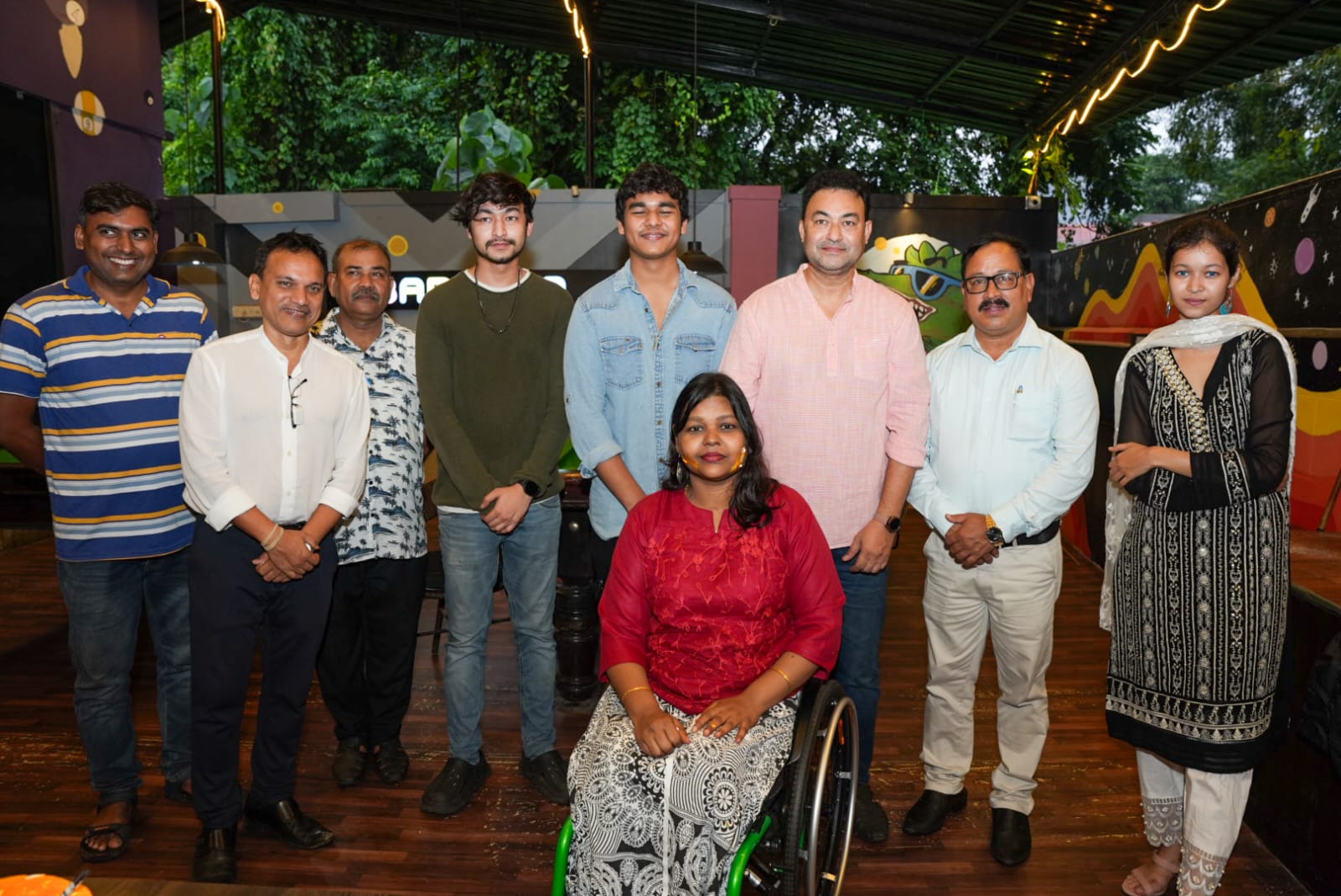 The lunch featured esteemed guests including the Tourism Minister of Goa, MLA Rohan Khaunte of Porvorim, Social Welfare Minister Subhash Phal Desai, and the State Commissioner for Persons with Disability in Goa, Guruprasad Pawaskar. The event was impeccably hosted by Ms. Falak Fatima and Mr. Adarsh Parashar, offering activities such as Karaoke and Billiards. The youth of Goa exhibited their unwavering support for the community, making the party an unequivocal success.
The lunch featured esteemed guests including the Tourism Minister of Goa, MLA Rohan Khaunte of Porvorim, Social Welfare Minister Subhash Phal Desai, and the State Commissioner for Persons with Disability in Goa, Guruprasad Pawaskar. The event was impeccably hosted by Ms. Falak Fatima and Mr. Adarsh Parashar, offering activities such as Karaoke and Billiards. The youth of Goa exhibited their unwavering support for the community, making the party an unequivocal success.


